Opera is a form of theatre that revolves solely around music that combines singing and spoken dialogues. Music is a fundamental art form in which performing arts are incorporated in the form of singers, actors, costumes, etc. The opera originated in the 16th century in Italy and later the theatre form spread and reached Europe.
This form of theatre is generally performed in an opera house accompanied by an orchestra with an orchestrator in some cases. The opera house is a theatre structure that hosts magnificent opera performances. The structure consists of a central stage with an orchestra pit, audience seating, and the performers’ backstage areas. Opera houses are solely designed and constructed for opera performances; some opera houses are designed as a part of performance art centres. The opera house acts as a landmark where art and culture are celebrated and showcased.
Opera houses due to their magnificent exterior architecture act as landmarks in the country, the exterior and interior designs are significant. The users experience the overall opera performance inside; hence the interior architecture should be designed in a manner that enhances the overall experience. Designing opera houses is an example of one of the most iconic architecture types in the world.
Listed below are the 8 such magnificent Opera Houses around the world;
1. Hungarian State Opera House
Architects: Miklos Ybl
Completed: 1884
Location: Budapest, Hungary
Style: Neo-Renaissance
The Hungarian State Opera House is the best example of a Neo-Renaissance opera house designed by the renowned 19th-century architect Miklos Ybl. The Opera House located in Central Budapest in Hungary completed in 1884. The construction started in 1875 and the entire construction process was overseen by the architect personally.
The Opera House is considered one of the most stunning and captivating architecture in Budapest. It is one of the heritage architectural marvels in Europe, showcasing the Neo-Renaissance style with Baroque design elements. The symmetrically designed exterior façade is inspired by a music theme, decorated with sculptures of well-renowned Hungarian composers Ferenc Erkel and Franz Liszt. The interior and the exterior have been decorated with paintings and sculptures. The Opera House can be accessed by visitors from all four sides, with the main grand façade made of stone in comparison to the plastered 3 sides. The Opera House consists of seven levels; basement, ground, and mezzanine levels with another four levels on the top.
The lobby of the opera house is intricately designed with a main staircase leading to the horseshoe-shaped auditorium. The auditorium has a seating capacity of 1300 with a luxury and lavish interior containing vaulted ceilings with remarkable paintings in them. The interiors have been adored with gold ornaments and several sculptures. It is one of the first theatres that is equipped with a hydraulic auditorium stage which can be lifted to different levels.
2. Palais Garnier
Architects: Charles Garnier
Completed: 1875
Location: Paris, France
Style: Neo-Baroque and Beaux-Arts
Palais Garnier (Opera Garnier) located in Paris is one of the most popular opera houses in the world, it is considered a landmark or symbol of Paris. The remarkable opera house is well known for its lavish interior architecture and design. The Opera House was designed by the French architect Charles Garnier who designed for a seating capacity of 2200 seats.
The Opera House is a stunning architecture that integrates Neo-Baroque design and Beaux-Arts. The architecture utilizes the Neo-Baroque style and since its axial symmetry in plan and the exteriors, it showcases Beaux-Arts. The architect through the structure showcases magnificent architecture, art, music, painting, and sculpture. It was designed as a part of the Parisian reconstruction by Emperor Napolean III. The theatre has been considered one of the heritage sites in Paris since the year 1923. The structure has utilized extreme ornamentation in its design with golden ornamentations, grand staircase designs, ceiling art, sculptures, and paintings. The Opera House was designed to be a public gathering space which is quite evident in the planning of the theatre.
The lavish interiors are adorned with gold ornaments with a central grand crystal chandelier weighing 7 tons that highlights the audience seating area. The big stage was designed to accommodate about 450 artists, and decorated with columns, friezes, and statues depicting Greek mythology
3. Sydney Opera House
Architects: Jorn Utzon
Completed: 1973
Location: Sydney, Australia
Style: Modern Expressionist
The Sydney Opera House in Australia is one of the iconic Opera Houses designed by the Pritzker Prize Laureate Jorn Utzon. The marvelous form structure is considered one of the primary landmarks of Sydney. In 1957 the architect won an international competition to design a new theatre for Australia. In 1966 he resigned from the project and was overseen and completed under the direction of Peter Hall.
The Opera House was recognized as a World Heritage Site (2007) and the construction lasted over 16 years. The structure consists of two performing art halls and a restaurant. The two halls were designed out of which the main halls became a space solely for concerts and the minor hall became an Opera theatre. The organically sail-shaped shells on the roof are composed of large precast concrete shells. The sail-shaped shells were conceptualized and designed to represent white sails in contrast with the deep blue ocean. The concrete shells are composed of concrete panels that are supported by concrete ribs finished with Swiss-made tiles. The opera house is an example of modern expressionist architecture with computer-aided complex geometries integrated with the architecture.
The interior design of the structure reflected the organic and complex form of the structure. The interiors of the space were minimal in design and not ornamented extensively made primarily of wood.
4. Harbin Opera House
Architects: MAD Architects
Completed: 2015
Location: Harbin, China
Style: Contemporary Organic
The Harbin Opera House, designed by the renowned Chinese architectural firm MAD Architect completed in 2015. Located in the Northern Chinese city of Harbin is this multi-venue performing arts centre. The Opera House is one of the most culturally and architecturally significant landmarks in China.
The Architectural firm MAD won the Harbin Cultural Land competition to create and design a masterplan by integrating an opera house, cultural centre, and landscape around the river edge. It consists of two theatres, one grand theatre with a seating capacity of 1600 visitors and a small theatre with 400 visitors seating capacity. The organic form of the structure is designed in a manner that perfectly blends with the natural land topography. The interiors of the structure are flooded with natural lighting seeping providing a warm and inviting feel to the Opera House. The exterior of the structure is composed of aluminum panels with soft, smooth curves. The structure is an example of futuristic architecture integrated with elegant forms and designs that respond to the context.
The striking features of the interior space are the wooden shell surfaces that wrap around the performance theatre spaces. The main theatre is made of wooden cladding composed of Manchurian Ash, the cladding wraps around the main stage and audience seating area.
5. Teatro Alla Scala (La Scala)
Architects: Giuseppe Piermarini
Completed: 1778
Location: Milano, Italy
Style: Neoclassical
Teatro Alla Scala is an Opera house located in Italy designed by a renowned neo-classical architect Giuseppe Piermarini. The architect was inspired by the architectural style of ancient Rome and Greek (Classical style). The theatre was built on a site where previously a church had existed (Santa Maria alla Scala).
It is considered to be one of the most magnificent and premiere theatres to be opened in Europe. The La Scala is considered one of the cultural and architectural landmarks of Italy and Europe. The opera house was rebuilt and reopened in 1946 due to the bombing incident during World War II (1943). The theatre has been under several renovations and restoration due to several incidents (Fires and Bombings). The exterior design of the structure showcases classical architectural style elements (Greek and Rome), utilizing columns, pilasters, pedestals, statues, and geometric ratios. It consists of a large auditorium that has a seating capacity of 2300 visitors with the largest stage in Italy. The large auditorium consists of galleries and four-tier boxes.
The lavish and grandeur interiors are decorated and adorned with red and golden ornamentations contrasting with the white exterior façade. The auditorium consists of a luxurious and grand chandelier suspended from the ceiling, with a painted fresco of Apollo.
6. Margravial Opera House
Architects: Joseph Saint Pierre, Giuseppe Galli Bibiena
Completed: 1748
Location: Bayreuth, Germany
Style: Baroque architecture
The Margravial Opera House is a Baroque opera house located in Bayreuth (Germany) designed by the renowned architect Joseph Saint Pierre. The opera house showcasing exceptional Baroque architectural style is one of the UNESCO World Heritage sites in the world.
It is one of Europe’s surviving theatres of that period (18th Century) architecture style and has been renovated and restored several times. The plan of the theatre was designed by the architect Joseph Saint Pierre and the interior architecture was designed by the Italian architect Giuseppe Galli Bibiena. The exterior of the structure consists of Corinthian columns and sculptures and the entire structure is composed of sandstone in context to the surroundings. The original materials of the theatre interiors have been preserved to retain the original architecture. The interior design of the theatre was designed in a late Baroque style with a large auditorium with 500 visitors seating capacity. The auditorium ceiling consists of a trompe-l’ oeil painting of clouds and cherubs with intricate gold accents.
The acoustics of the theatre are exquisite due to the utilization of wood and canvas that has been retained and preserved. The interiors of the theatre have been primarily composed of wood with painted canvas creating an illusion of gold, stone, and marble.
7. Metropolitan Opera House
Architects: Wallace K Harrison
Completed: 1966
Location: New York, United States
Style: Modern architecture
The Metropolitan Opera House (Met), designed by Wallace K. Harrison with a seating capacity of 3850 visitors making it the world’s largest theatre in terms of seating capacity. The modern and classical architectural style theatre belongs to the Lincoln Center of Performing Arts (Manhattan).
The theatre has hosted various world premieres since it is home to New York opera, ballet, etc. The exterior façade of the structure is inspired by modern architecture made up of white travertine stone. The exterior design of the structure is composed of a series of arches and fins. The interiors consist of a grand lobby with a large two-wing cantilever staircase, connecting several upper levels with a lower level containing beautiful paintings by Marc Chagall. The Great Hall contains 11 star-shaped crystal chandeliers that rise towards the ceiling for each performance. The luxurious interior theatre is considered one of the most futuristic and technologically advanced theatre designs with motorized stages, hydraulic elevators, etc.
The fan-shaped auditorium, one of the largest theatres in the world, consists of six levels. The acoustics of the theatre have been designed in a manner that never required any renovation or rebuilding.
8. Royal Opera House
Architects: Edward Middleton Barry
Completed: 1858
Location: London, UK
Style: Baroque Revival architecture
The Royal Opera House located in the Covent Garden district in London is the third theatre built in the location. The theatre is a culturally important landmark in England that houses a Royal opera, orchestra, and ballet. The theatre has an auditorium capacity of 2256 visitors which is considered the third largest theatre in the world.
The theatre has been renovated three times, and the first two opera theatres have been destroyed due to fire (1732 and 1856). The theatre has undergone renovation recently in the year 2018 designed by the architect Edward Middleton Barry. Although the theatre is being subject to renovations the architectural Baroque style has been retained. The classical architecture-inspired exterior white façade of the structure is retained and respected. Several elements and the architecture have been created from several renovations, adaptations, and respecting the English Baroque architectural style (Foyer, façade, auditorium). The primary opera building also consists of a secondary opera theatre (Linbury Studio Theatre) and a large glass structure adjacent to the opera theatre (Paul Hamlyn Hall). The structure consists of auditoriums, restaurants, halls, bars, and new dedicated spaces for entertainment; workshops, free shows, artistic workshops, etc.
The main auditorium of the theatre (The third largest theatre in the world) is composed of four tiers of boxes with galleries and balconies. The interior design of the auditorium was composed of intricate and ornate designs, especially the ornate ceiling design illuminated with lighting.




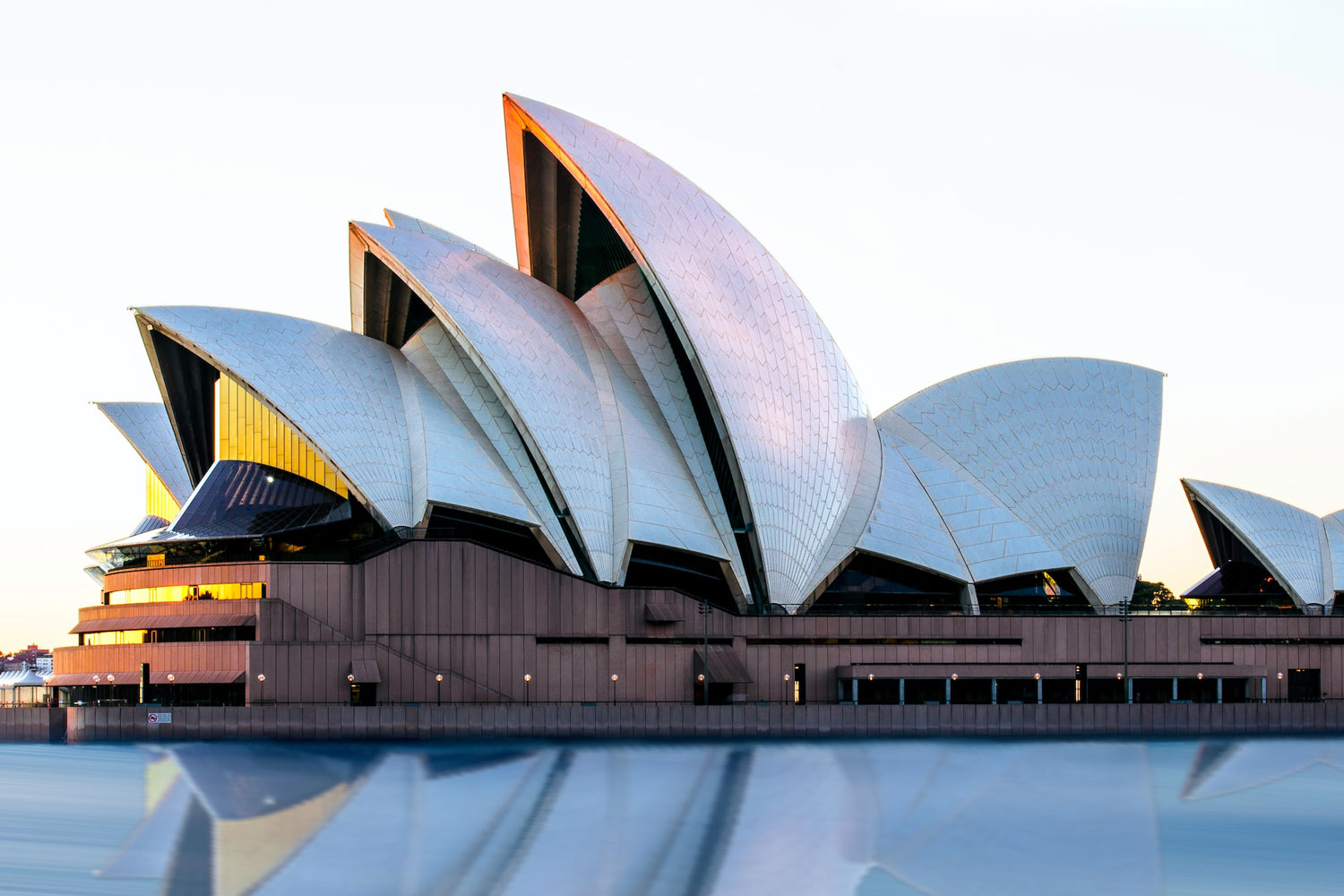
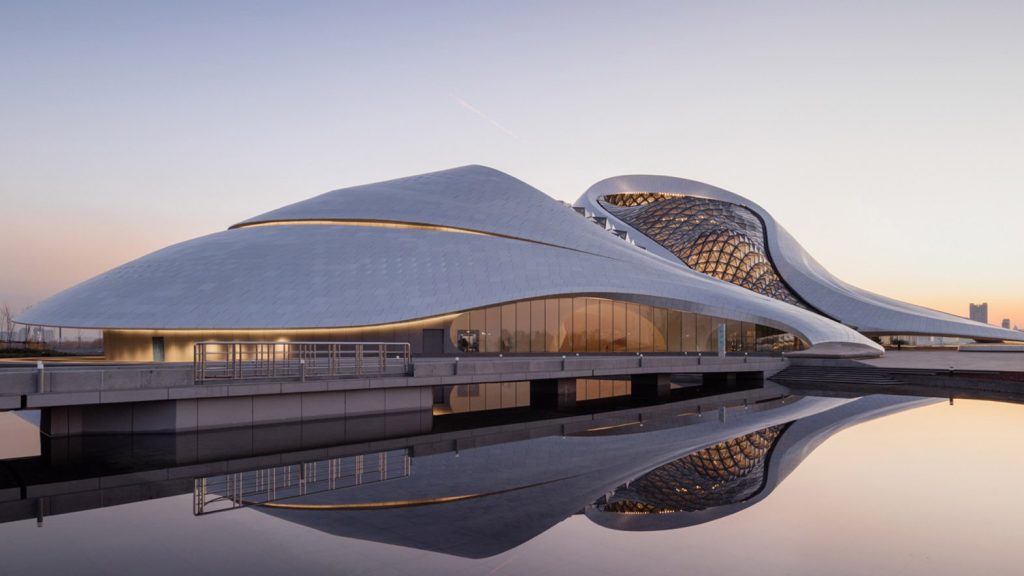
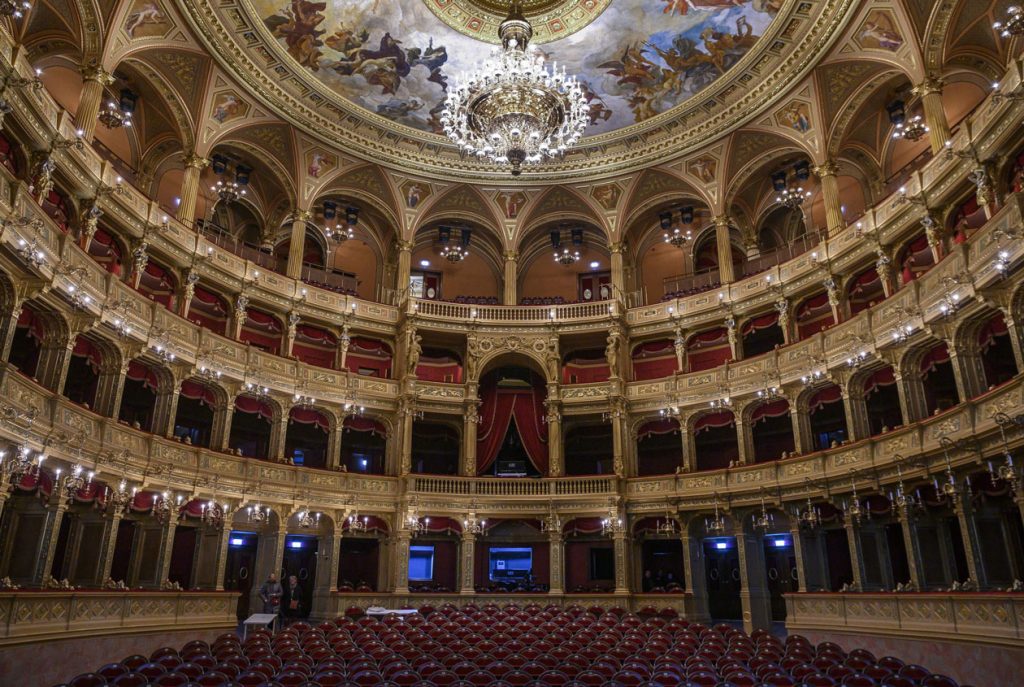
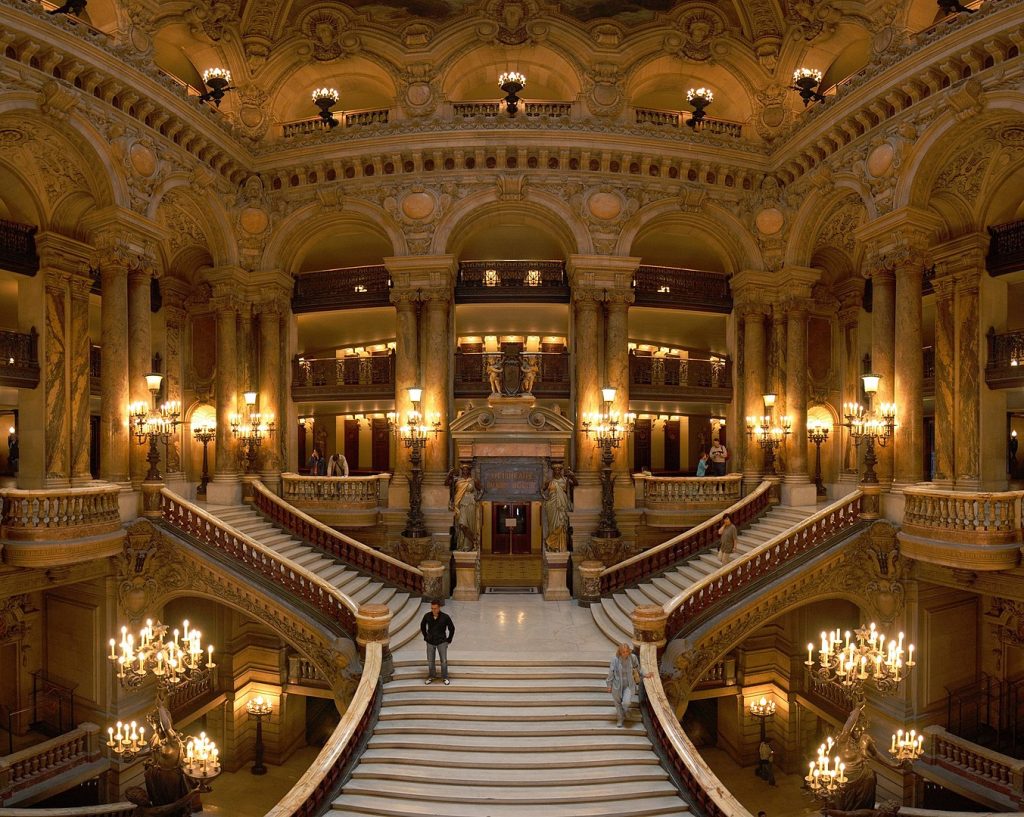
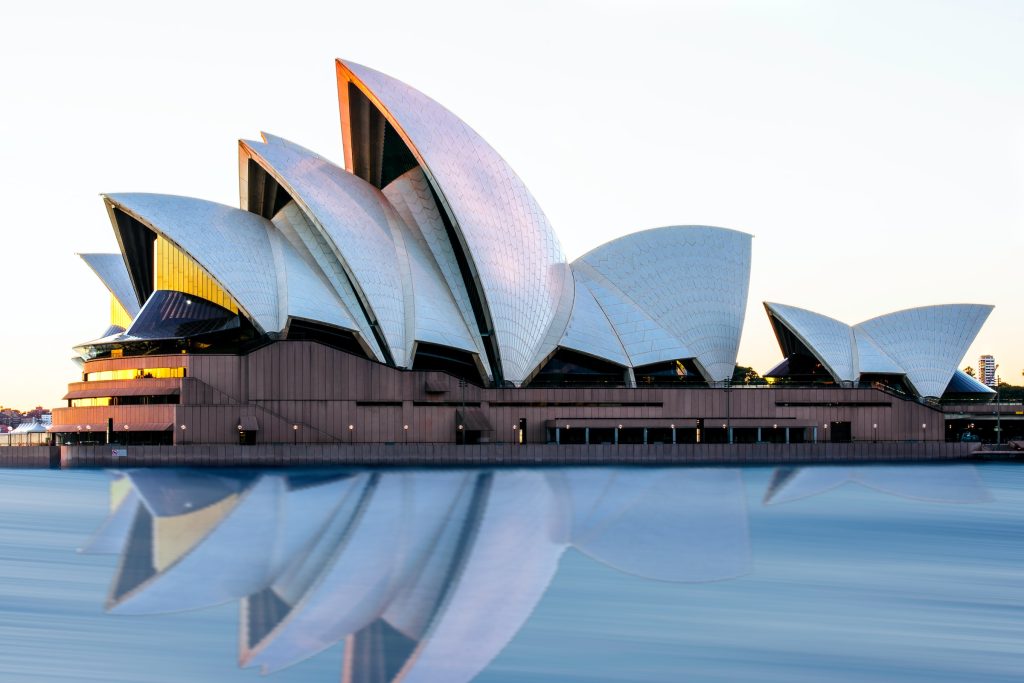
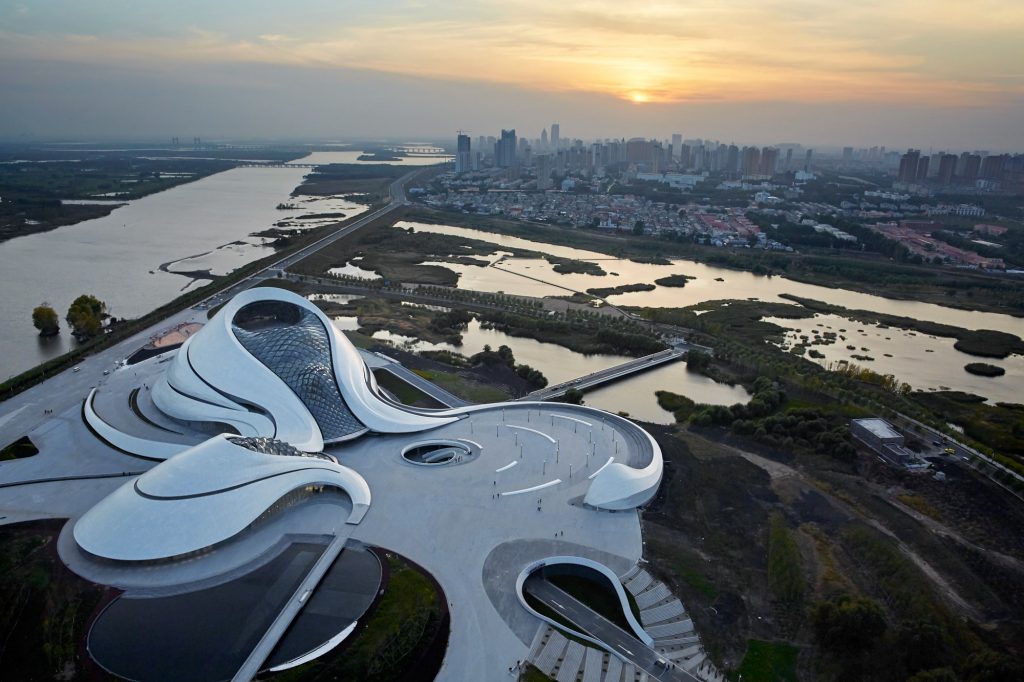
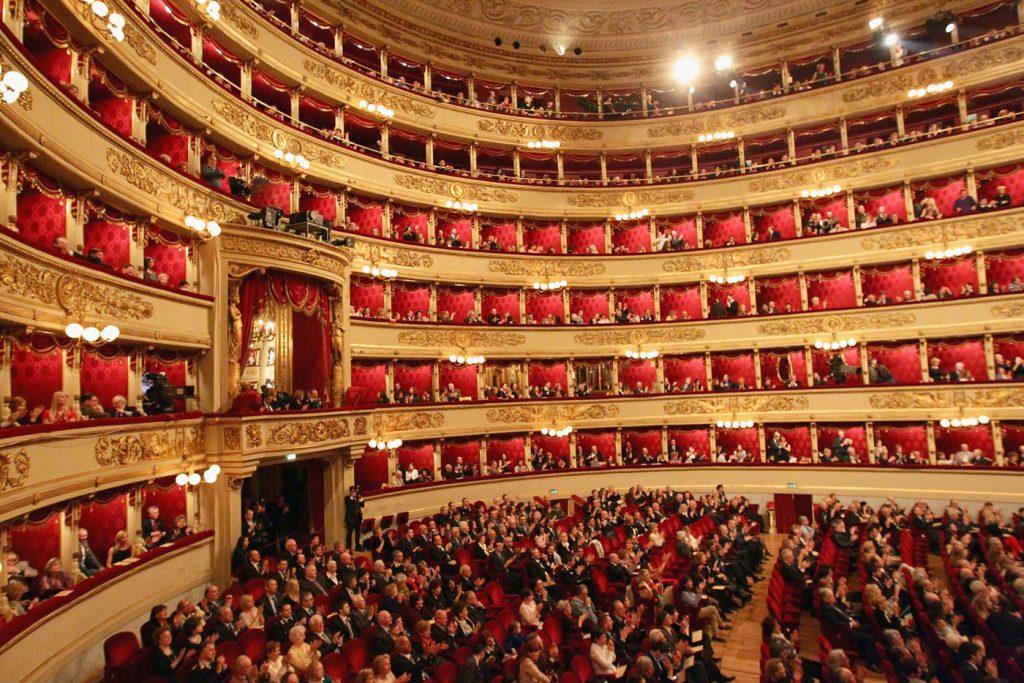
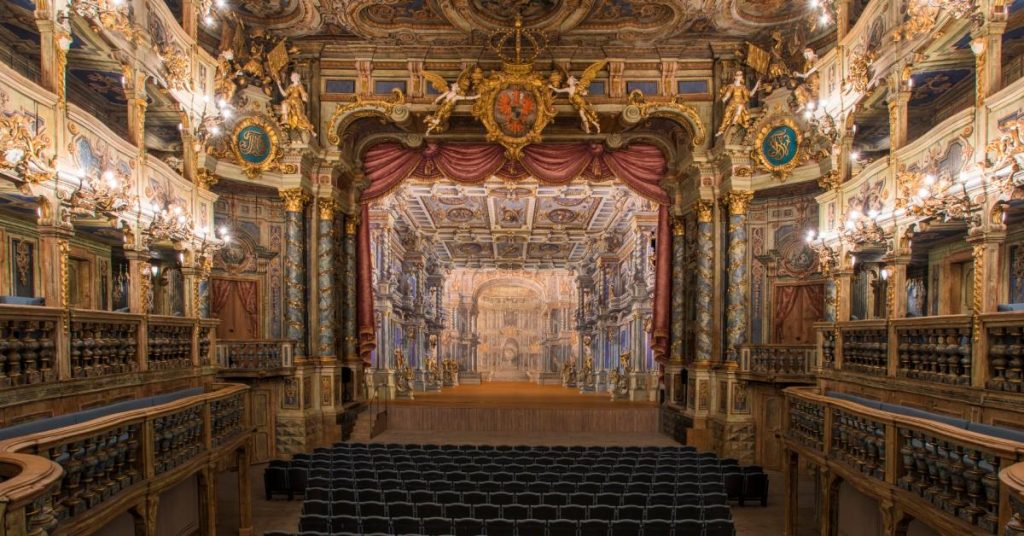

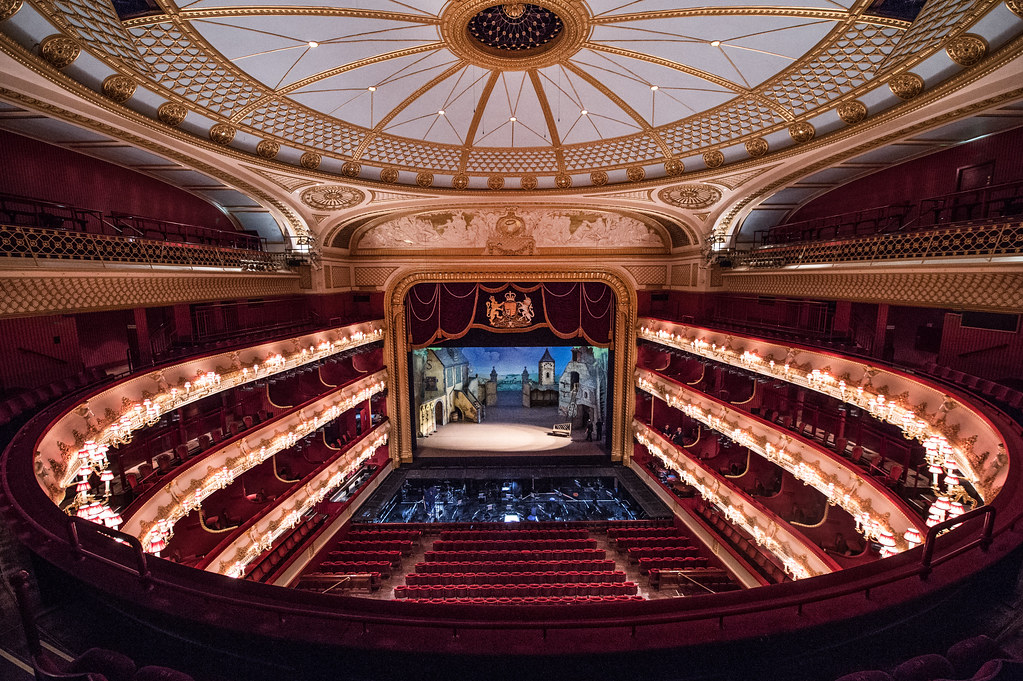














Leave a comment